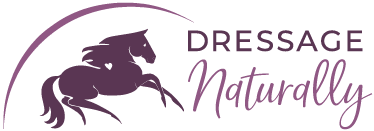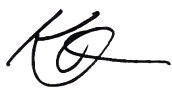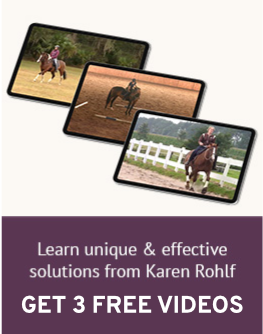In a previous blog I wrote about how intention is the main aid we use with horses so they know the difference between what is a meaningful communication (an aid) and what is meaningless movement to be ignored. In this blog I want to explore the difference between focusing your attention on something and having an intention.
We Humans Can Be Confusing
Many horses get confused. They move when we don't want them to and they don't when we do. This means we have some work to do to show our horses we can express our intentions in a meaningful way. Horses have no trouble reading intentions, but humans are not always so great at expressing them. Between our fellow humans we often practice saying one thing and meaning another, or doubting ourselves at the same time we are doing something... That is incredibly confusing to horses!
Many behavior issue are a result of horses not being totally sure what we intend. (‘Am I supposed to do something, or is my human just looking at me funny?’ ‘Is that a cue, or is my human just a little off balance?’).
We need to be equally skilled in being aware of where our attention is in the moment, being able to focus deeply on what we are (or want to be) paying attention to, and having a clear intention of what we want the result in the future to be.
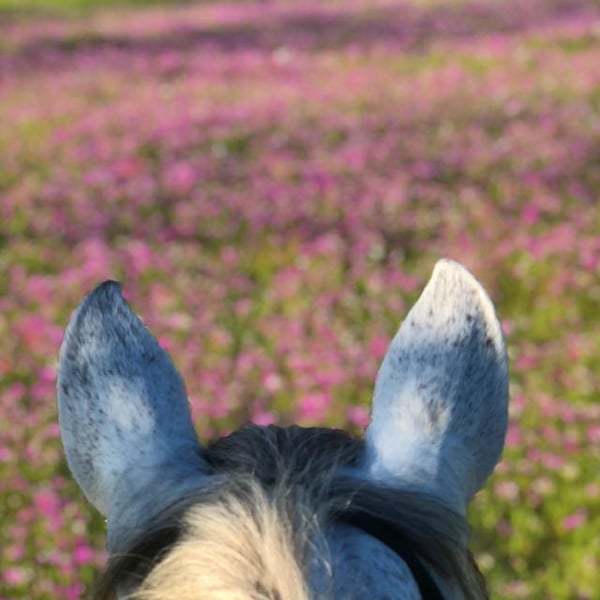
Attention, Focus, & Intention
Attention is where your mind is. There are different kinds of attention and an infinite number of things to possibly pay attention to. You have a choice of what you pay attention to, and it can be a lifelong journey to become a master of your attention.
Focus is when you concentrate your attention on one thing in a particular way for an extended time or in a more concentrated way. Focus can be hard or soft. Hard focus can be narrow and pointed. Soft focus can take in a wider field. Either way, focus happens in the here and now and can feel static, especially compared to intention.
Intention is a thing intended; an aim or plan. To intend is to have a course of action as one's purpose or objective. Intention implies movement. Intention means you're going from Point A to Point B. It also could be about being a certain way. Intention takes into account a picture of the future. In order to get there, you will, in different moments, need to have particular things to focus your attention on.
I don’t want to go deep into the nuances of the similarities and differences between focus and attention, as there are many different views around this. It is practical, however, to know and feel the difference between having a specific focus on a specific thing versus having an intention for a result.
The Importance Of Intention
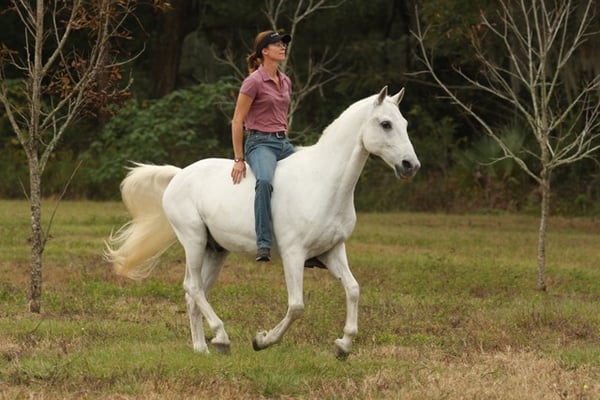
As an example, aids for a lateral yield while riding involve a shift of weight in the saddle - but - if you just put your attention and focus on making a shift of weight, it won’t necessarily work. You can lean over to check your girth and your weight will shift but your horse doesn't do a yield, so a yield isn’t about weight shift alone, it is about a weight shift with intention. The intention needs to come first!
At one of my first natural horsemanship clinics, the group was riding without reins and I was enjoying a beautiful bridleless canter. The instructor had asked everyone to stop but I didn’t hear that so I was blissfully cantering around. The teacher started telling me stuff about breathing out and sitting down heavier and to focus on relaxing. I focused on doing all those things and my horse’s canter just got yummier and yummier. The instructor thought I wasn’t able to stop and kept giving me different techniques to use. I finally realized I was the only one still riding and said, ‘Oh - do you want me to stop?’ He said yes, so I stopped riding and my horse stopped with me in a heart beat.
That is the difference between focusing on something, and knowing the intention.
Common Mistakes
Often, dedicated students who want to 'do it right' end up working harder on their focus, but forget about the intention. This can happen when first learning an exercise. The main concern is just to get the steps done. In the example above with me cantering my horse, I was doing all the techniques, but I didn't know why. That's why I wasn't getting the result my instructor wanted me to get from all the aids he was giving me!
When things aren't going as planned, many students assume they are doing something wrong and focus harder and harder on a small detail instead of stepping back and asking themselves (or their teacher) "What am I aiming for? What will success look like?"
For example: If your horse had a wound on his hindquarters and you wanted to investigate or clean it, you would put a very strong focus or attention on it and your horse would know you didn't want him to yield it.
I have seen students trying to ask their horse to yield their hind quarters by just looking at them but the harder or stronger they focus on the hindquarters, the more the horse stands glued to the ground. Remember, focus can feel static. It lives in the present moment and it chooses one thing right here, right now to concentrate on. Students focus more and more on the hindquarters and the hind quarters energetically do exactly what that focus says: Stay right here right now.
What creates the movement is the intention we send to them; the picture we have in our minds of the result of our focus. What do you want your horse to do and be in the future?
Other students can do the opposite; they are so focused on the end result they forget to keep paying attention to what is actually happening in the present moment. Two things can happen: Some students may have such a strong intention to get the yield that they just make it happen and end up using too many controlling aids simply because they didn't notice whether or not the horse was offering or what he actually needed. These are the 'get er done' kind of riders.
Other riders who don't put enough attention on the details happening in the moment can end up getting sloppy and inconsistent results.
Become Aware
As you play with your horse, see if you can be aware of your focus and your intention.
If you are putting your focus on something, make sure you know why and what result you want from it: I am looking at the hindquarters so that they will move, versus I am looking at the hindquarters so that I can investigate that wound.
Become clear about the difference between focusing on doing the exercise versus focusing on an exercise so that your horse becomes more _____ (balanced, relaxed, energized, etc). If you aren't aware of the intention behind the exercise you may miss a golden training moment. While you are busy perfecting your precision you may not notice that your horse just became more relaxed or more engaged (which was the real purpose of doing the precise pattern).
How To Improve
Once you start to become more aware of your ability to set intentions and have focus you can start improving your skills.
If you find it easy to set intentions but have trouble getting your attention to stay focused in the moment:
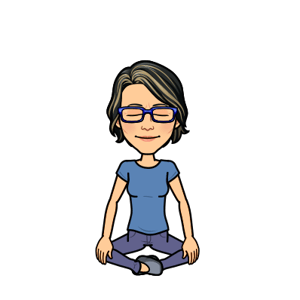 Ask yourself: Where is my attention NOW? You need to train yourself to be more aware of where your attention actually is, and be more disciplined about focusing more deeply of for longer on the small technical skills. Meditation or breathing exercises can help build these skills. You can also create a mantra or simple phrase to repeat to remind yourself of what to focus on. This might be a list of steps in the exercise, or just a reminder to keep watching for something.
Ask yourself: Where is my attention NOW? You need to train yourself to be more aware of where your attention actually is, and be more disciplined about focusing more deeply of for longer on the small technical skills. Meditation or breathing exercises can help build these skills. You can also create a mantra or simple phrase to repeat to remind yourself of what to focus on. This might be a list of steps in the exercise, or just a reminder to keep watching for something.
A tip to get started: Don't be frustrated if your mind is 'everywhere'. That is the job of the mind. Marvel in it's ability to pay attention to so many things! 😍. Just notice where it goes and see if you can gently suggest it pays attention to what you want it to pay attention to. Practice!
If you find it easier to focus your attention in the moment but have trouble picturing the results you need:
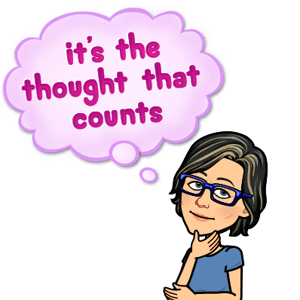
Visualize: What will success look like? Stop and ask yourself why you are doing an exercise, or remind yourself what you are trying to accomplish in the future. Ask a question to your instructor, or watch some videos that show the results you are looking for so you can picture it. According to Temple Grandin, horses think in pictures. Make sure you see the result happening. This will also help you recognize when to tell your horse he is successful!
A tip to get started: Make a ritual out of setting intentions for easy stuff. Feel the difference between doing the dishes versus setting the intention of the dishes becoming clean. You've probably experienced someone in your house who did the dishes but they still weren't clean! They just moved the sponge around.
Sometimes I think our horses see us moving stuff around and going through the motions, and the whole time they are thinking: 'What am I supposed to DO?' Practice setting simple intentions for everything you do. For example, I didn't sit down at my computer to write a blog, I sat down with the intention of helping you with your horse. Luckily I was able to focus my attention long enough to actually get it done!
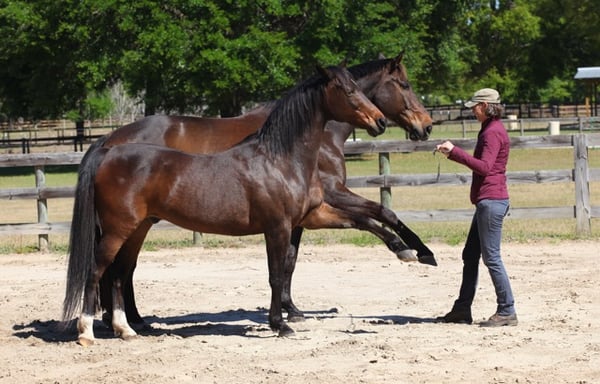
You got this.
We need to be equally skilled in knowing where our attention is in the moment, being able to focus deeply on what we are doing, and having a clear intention of what we want the result to be. Notice yourself so you can know yourself. When you know where you are, what you are doing, and where you want to be going, there will be no stopping you!
